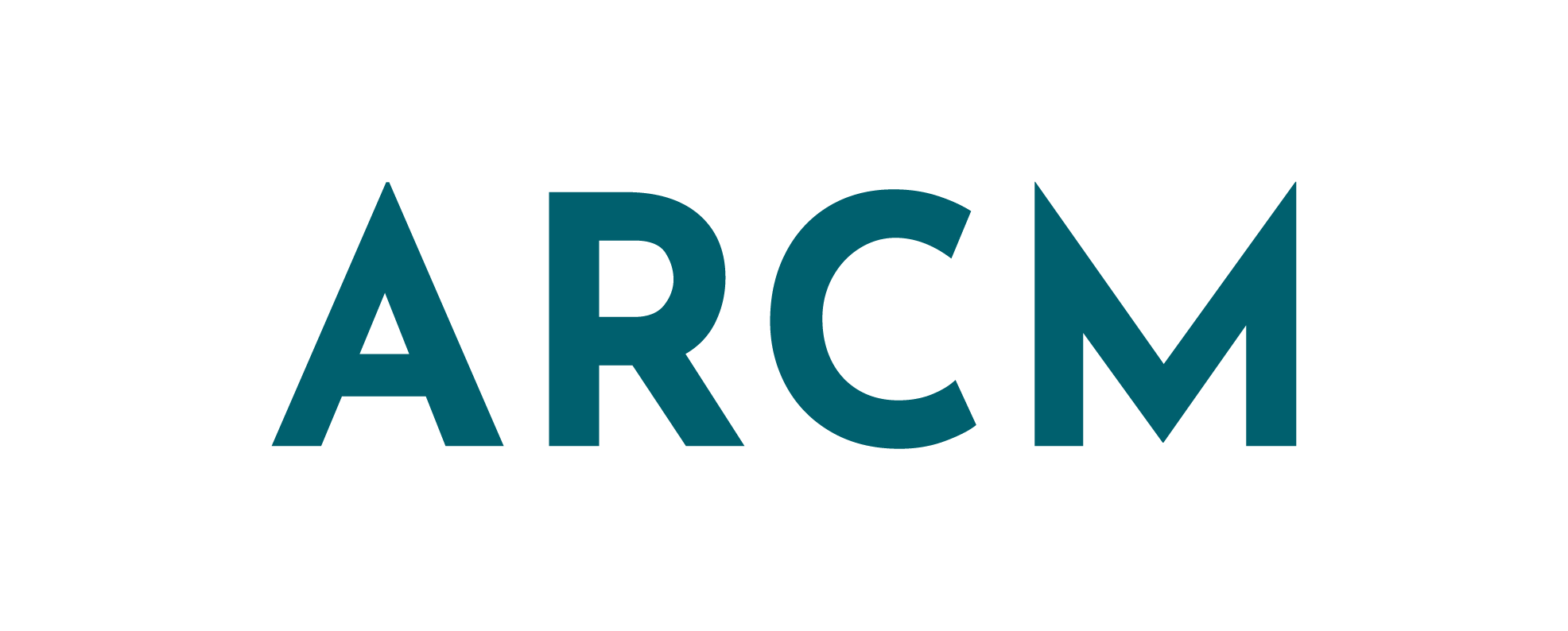Whether you’re an in-house marketer or someone looking to outsource your SEO, you’ll have been told somewhere by someone that you need a strategy.
But what does an SEO strategy actually look like?
Well…and you knew it was coming. It depends.
There’s a whole process we need to go through first before we can put the strategy in place.
Start with your business goals
Before we can suss out how to form a strategy for you, we need to assess your goals. For example, if you want to increase brand awareness, the strategy and research involved will be completely different to increasing traffic to a specific subset of product pages.
Example goals for your SEO strategy could be:
- Increasing brand awareness
- Increasing traffic to a specific product/page
- Reducing reliance on PPC
- Improving overall website traffic
- Assisting with an overall messaging/service shift
- Decreasing load speed and fixing indexing issues
- Launching a new campaign, product, or service
- Establishing thought leadership and improving E-E-A-T
And that’s not even all of them.
Assess your current or previous SEO strategy
We also need to assess what you are currently doing or what you have done previously. It’s important to be as honest as possible here. Remember, I (or your chosen freelancer/agency) am not a stakeholder and there will be no judgements here.
If you answer if “we’ve done fuck all” or “we don’t know where to start”, that’s totally fine. And what I’m here for.
It’s especially important if you’ve been putting some things into place you expected to work but haven’t been. This could indicate an issue elsewhere, for example with your technical SEO or internal linking strategy.
This is also why my onboarding process is so extensive. I want to make sure we dig through every nook and cranny to find the best strategy for where you’re at and where you’ve been.
Then we begin the audits
You see, preparing for an SEO strategy can include auditing/assessing any number of the following:
- technical SEO
- existing content
- current rankings
- internal linking strategy
- backlinks
- competitor rankings
- meta data
- schema
- local SEO performance
- your current SEO and content plans
- marketing channels
- marketing tech stack
We won’t necessarily need to dig into everything as it all depends on the goals we’ve already established.
This is also why freelancers like me don’t have set prices for strategy work. Because, as with most SEO work, it all depends.
(In case you’re feeling a bit nosy, I price almost all of my SEO work on day rates (£450/day or £400/day for 10+ days and will break down the costs of each step when I send you a quote).
What an SEO content strategy might look like
If you’ve been here for a while, you’ll know that while I love all SEO equally, SEO content is my speciality. I’ve been working in SEO content in some shape or form for a decade now and have delivered a shit ton of completely different strategies in my time.
An SEO-focused content strategy may include:
- keyword research
- question-focused research using tools like AlsoAsked (affiliate link)
- quarterly content strategy
- topic cluster planning
- blog ideas
- full content plan inc. titles, target keywords, subheadings, approx word counts, and good research sources
- rewriting/optimising current content for SEO
- creating & implementing internal linking strategy
5 key areas to focus on in your SEO content strategy
Once we’ve confirmed your goals, assessed your gaps, and audited your current processes, it’s time to put the strategy together. As I mentioned, it’s going to look different for everyone, but there are 5 key areas you need to make sure are covered:
- Topic relevance and understanding search intent
- Addressing content gaps
- A mix of evergreen and and seasonal content
- Integrating new and existing content (internal links)
- Planning future content
This can take a number of different forms and will depend on what information you already have. For even the most basic SEO content strategy, keyword research is non-negotiable. So it’s important to either come with that ready prepared or factor it into your budget.
When my clients ask me for an SEO content strategy, I’ll always provide 3 quotes so they can make an informed decision:
- The bare minimum to achieve some or most of what you want (which will cover 2-3 of the items above)
- The ideal scenario which will cover SEO improvements now and continued well-optimised, strategic content (which will cover all 5 and additional technical needs)
- And somewhere in between (which will typically cover 3-4 of the above)
Beware of false promises in SEO
It’s important to note here that if anyone is promising you will be in position 1 for your chosen keywords (without using ads) they are lying to you. There’s a lot we can do as SEO professionals to get you to your goals.
But, critically, nothing is guaranteed.
SEO is always about the long game. Which is why approaching your content in a strategic way is really important. And why I always recommend internal linking strategies as part of the work. This way, we can make sure your ongoing SEO content isn’t just working for individual terms, but can really bolster the overall SEO on your website.

